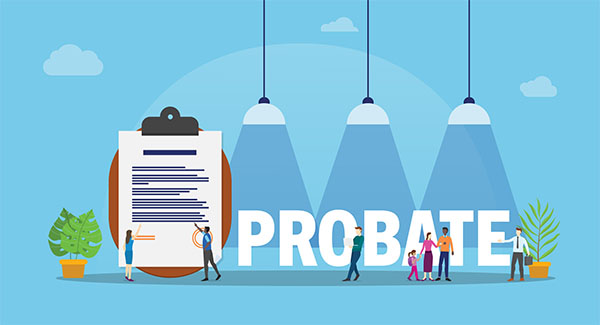Workers’ Rights: a history of Labor Day
Labor Day often signals the end of summer, back-to-school for children and a day off work for most people. But Labor Day is more than that. It has a historic significance in the U.S. and recognizes the contributions and achievements of workers across the spectrum. Traditionally observed on the first Monday in September, Labor Day was created during a time when the Industrial Revolution was at its height. In the late 1800s, mills, factories and mines had thousands of workers making everything from clothing to steel.
WayForth is your go-to move management company. Our team of moving professionals have you covered when it comes to downsizing, packing and unpacking, clear-out services, and more. Learn more about WayForth can help you on your next move by contacting us today!
Fighting for better conditions
There were no labor laws in effect, so children sometimes worked alongside adults and often made less money. Immigrants were also exploited and work conditions for everyone were unsafe. To counteract this, labor unions started forming to help the workers get better hours, more pay and a safer environment.
With the rise of unions came strikes and rallies to protest poor conditions and to negotiate higher pay. Many turned violent and lives were lost. During this period, 10,000 workers in New York City took unpaid time off on September 5, 1882 and marched from City Hall to Union Hall in a Labor Day parade.
The idea for rallies and parades spread through the U.S. and certain states passed legislation that recognized these “workingmen’s holidays,” according to History.com. This is the origin of Labor Day parades and picnics we see today.
These “workingmen’s holidays” came at a price for some people. Riots during the American Railroad Union boycott in 1894. 1894 brought government troops into Chicago where more than a dozen workers were killed. These workers fought for fair and safe working conditions that we see today through organizations like OSHA.
Today, unions and labor organizations still exist to help workers negotiate things such as better contracts, wages and healthcare benefits. They help workers such as teachers, warehouse and steel mill employees, and some coffee shop and restaurant associates.
A federal holiday
While the exact origins of Labor Day are in dispute, we do know that Oregon became the first state to recognize Labor Day as an official public holiday.
In 1894, Congress passed a bill designating the first Monday in September as Labor Day and it became a federal holiday for federal workers through a law signed by President Grover Cleveland. It was adopted by states and now is a major holiday observed by most in the U.S. on the first Monday of September.
Thanks to our WayForth associates
This Labor Day, we want to thank our WayForth team members for all the contributions and passion they bring to work every day.
Happy Labor Day to you!
WayForth is your trusted and expert moving company. If you want to learn more our moving and storage solutions, visit the WayForth website or contact us today.
Sources:
History.com
Wikipedia






